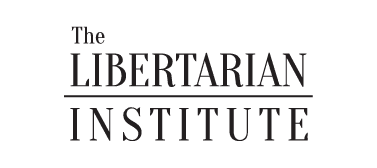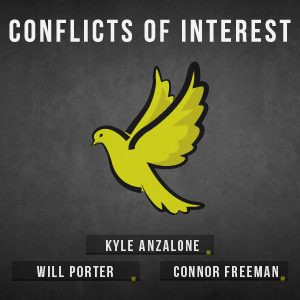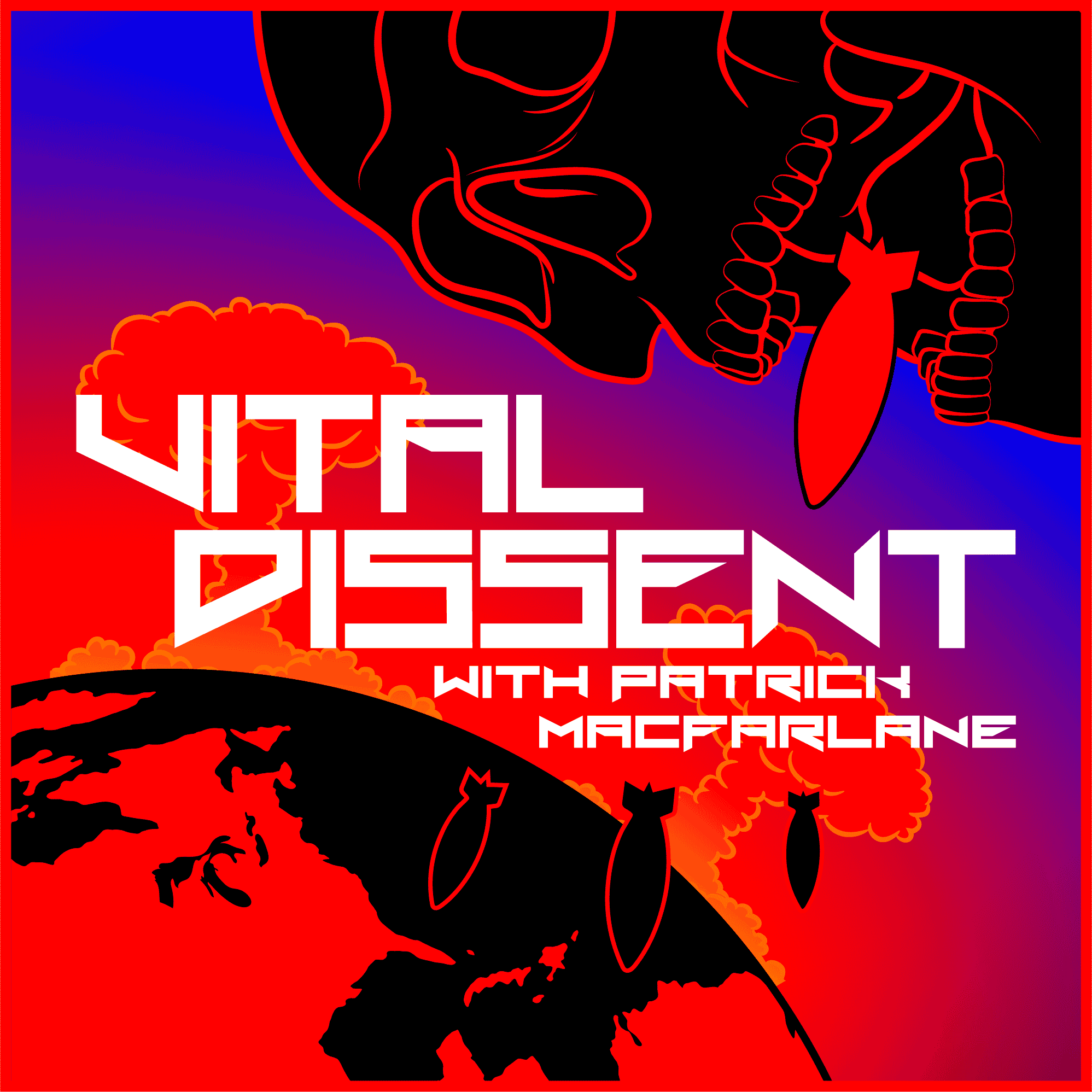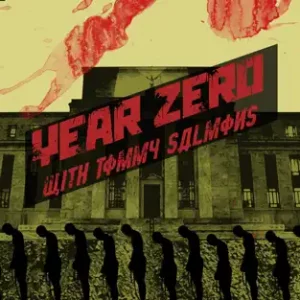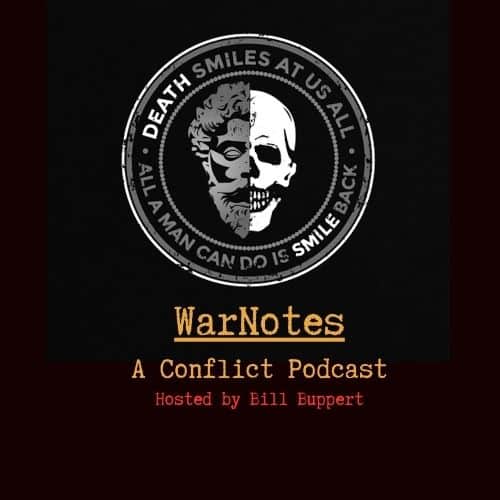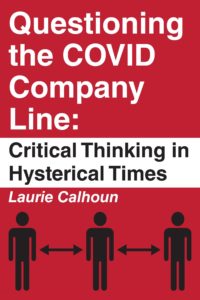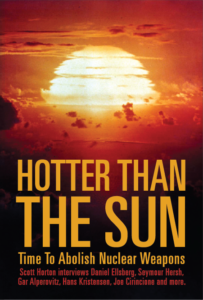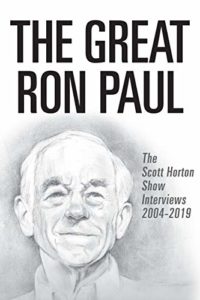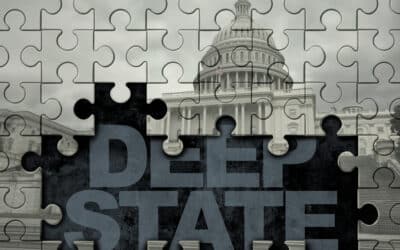On May 10, 2025, a U.S.-brokered ceasefire halted the most intense India-Pakistan military confrontation in decades, sparked by the April 22 militant attack in Pahalgam that killed 26, mostly Indian tourists. The truce, announced with fanfare by U.S. President Donald Trump on Truth Social, pulled South Asia back from the brink of war. Yet, as both nations were accusing each other of violations within hours of the agreement’s announcement, the ceasefire’s clear fragility underscores the deeper, unresolved tensions over Kashmir and the structural barriers to lasting peace.
The ceasefire emerged from a flurry of diplomatic activity following four days of cross-border missile and drone strikes, triggered by India’s “Operation Sindoor” on May 7, which targeted alleged terrorist infrastructure in Pakistan and Pakistan-administered Kashmir. Pakistan’s retaliatory “Operation Bunyan Marsoos” escalated the conflict, with both sides reporting dozens of deaths. The United States, initially reluctant—Vice President J.D. Vance had called the conflict “none of our business” on May 8—shifted course. Secretary of State Marco Rubio and Vance engaged in marathon talks with Indian and Pakistani leaders, including Prime Ministers Narendra Modi and Shehbaz Sharif, External Affairs Minister S. Jaishankar, and Pakistan’s Army Chief Asim Munir.
Saudi Arabia, Iran, and Turkey also played supporting roles, leveraging their ties with both nations. A key factor was American pressure on Pakistan, reportedly linking a $1 billion IMF loan tranche to Islamabad’s agreement to de-escalate. India, however, denied American mediation claims, insisting the ceasefire was negotiated directly via a call between the Directors General of Military Operations (DGMOs). This discrepancy reflects India’s sensitivity to third-party involvement, which challenges its long-standing “bilateral-only” stance on Kashmir—a stance strained by Trump’s public crowing about American mediation.
The agreement, effective from 4:30 PM local time on May 10, called for an immediate halt to all military actions—land, air, and sea—along the Line of Control (LoC) and beyond. Both sides agreed to restore communication between their DGMOs to manage violations and maintain restraint. The United States announced that India and Pakistan would begin talks on broader issues at a neutral site, though Indian officials described upcoming discussions as low-level and technical, signaling reluctance for wider negotiations. Notably, the ceasefire did not address underlying diplomatic measures: India’s suspension of the Indus Waters Treaty, visa bans, and trade halts remain in place, as do Pakistan’s airspace restrictions and threats to abandon the Simla Agreement.
The ceasefire’s implementation has been rocky. Hours after the agreement, explosions rocked Srinagar and Jammu in Indian-administered Kashmir, prompting blackouts and outrage from local leaders like Omar Abdullah, who posted on X, “What the hell just happened to the ceasefire?” India accused Pakistan of violations, citing drone incursions over Srinagar and Punjab, while Pakistan claimed Indian forces initiated breaches. Both militaries remain on high alert. On May 16, Indian forces shot down a suspected Pakistani drone near Samba, prompting warnings of retaliation, and on May 18 two children were killed in Surankote, with India and Pakistan trading blame for initiating shelling.
These incidents underscore the ceasefire’s fragility and the ongoing risk to civilians: the LoC remains tense, with risks of miscalculation—such as misinterpreted drone activity—looming large.
In the border areas, such as in Uri and Surankote, displaced families are cautiously returning, though skepticism persists. Pakistan’s reopening of airspace and India’s resumption of civilian flights at thirty-two airports signal tentative stabilization. Yet, the ceasefire’s survival hinges on restraint, which history suggests is fleeting.
The ceasefire averts war but does little to alter the structural animosity between India and Pakistan. India’s strikes deep into Pakistan’s Punjab and Rawalpindi—unprecedented in scale—signal a new threshold for retaliation, which Indian analysts argue has shifted the rules of engagement. Pakistan, claiming to have reestablished deterrence, views the ceasefire as a diplomatic win, especially as it forced India to accept external mediation, challenging New Delhi’s narrative of self-reliance.
From a public choice theory perspective, the incentives for confrontation remain entrenched. Leaders in both countries face domestic pressures that reward belligerence. In India, Modi’s nationalist base demands toughness on Pakistan, bolstered by the narrative of counterterrorism. In Pakistan, a fragile civilian government and dominant military use anti-India rhetoric to unify a fractious polity and distract from economic woes. Backing down risks political suicide; Modi would face accusations of weakness, while Sharif’s government could lose credibility to the military. This dynamic makes de-escalation a hard sell, as confrontation burnishes public support despite its costs.
The role of the United States complicates matters still further. India’s frustration with Trump’s mediation claims risks straining U.S.-India ties, especially as New Delhi fears “re-hyphenation” with Pakistan on the global stage. It has always desired to keep the dispute bilateral. Pakistan, meanwhile, sees an opportunity to leverage American and Chinese support to counterbalance India’s growing clout and so is far more receptive to outside mediation.
The ceasefire does not address Kashmir’s status, the conflict’s core. An independent Kashmir, granting self-determination to its people, might be the most equitable solution, as envisioned by the United Nation’s 1948 plebiscite proposal. Yet, both nations’ claims—India’s view of Kashmir as integral, Pakistan’s as a Muslim-majority territory—render independence a nonstarter. Neither will cede control, fearing domestic backlash and strategic loss—Beijing, too, controls a portion of the most easterly and elevated territory of Jammu and Kashmir, though this is another matter entirely, concerning India and China. Kashmiris, caught between such militancy and militarization, remain voiceless, their aspirations sidelined by geopolitical chess.
Future scenarios are grim. The ceasefire may hold short-term, but without addressing militancy, water disputes, or Kashmir’s status, reescalation at a later date seems almost inevitable. Medium-term stabilization is possible if backchannel talks—perhaps via Saudi Arabia or the United Arab Emirates—restore trade and water agreements. But as stated previously, long-term peace requires politically costly steps: demilitarizing the LoC, ending proxy violence, and engaging Kashmiris. Public choice dynamics make such courage unlikely, as leaders prioritize short-term gains over systemic change.
The Pahalgam attack and its aftermath remind us that South Asia’s nuclear-armed rivals are trapped in a cycle of violence, where ceasefires are pauses, not resolutions. The world’s attention, drawn briefly by the specter of war, will soon fade. But for Kashmir’s people, and the millions living under the shadow of this rivalry, the stakes remain existential. Breaking the cycle demands more than diplomacy—it requires leaders willing to risk their political capital for a future neither side has yet dared to imagine.
